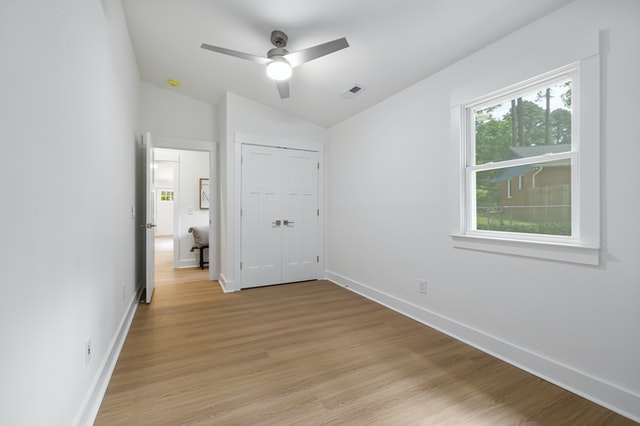In the realm of interior design, few elements have stood the test of time as gracefully as hardwood timber floors. This classic choice has been a favourite for centuries, offering not just a durable surface but also an aesthetic that can elevate any room.
But what makes hardwood timber flooring an enduring choice, and how does it compare to modern alternatives? Let’s dive in.
A Historical Perspective
Hardwood timber flooring is not a new concept. Its history dates back to the early days of settled living, where the natural environment was a direct influence on home construction. In Australia, for instance, the use of local timbers like Jarrah and Spotted Gum for flooring reflected not only the availability of these materials but also a desire to bring the natural world indoors. The warmth and character of these woods have become synonymous with the Australian ethos of strength and resilience.
Modern Adaptations and Innovations
Fast forward to the 21st century, and hardwood timber flooring has adapted to modern needs. Innovations in treatment and installation methods have expanded its application, making it suitable for a wide range of environments.
Today, these floors are not just about the wood itself but about how it’s processed and treated. The advent of engineered hardwood, for instance, offers a more stable and often more affordable alternative while retaining the top layer of real timber for that authentic look and feel.
Environmental Considerations
In recent years, sustainability has become a key factor in choosing flooring materials. Hardwood timber floors, when sourced responsibly, are an excellent eco-friendly option. The key is to look for timber that is certified by organisations like the Forest Stewardship Council (FSC). Such certification ensures that the wood comes from responsibly managed forests, thereby reducing the environmental impact.
Health and Wellbeing Benefits
Apart from environmental considerations, there’s also a growing awareness of the health benefits of natural materials in the home. Hardwood floors, unlike synthetic alternatives, do not harbor allergens or dust mites. This aspect makes them an ideal choice for households concerned about air quality and allergen exposure. Moreover, the natural warmth and character of wood have been shown to have psychological benefits, contributing to a sense of wellbeing and connection to nature.
Maintenance and Longevity
One of the most appealing aspects of hardwood timber flooring is its durability and ease of maintenance. Unlike carpet or vinyl, hardwood floors can be sanded and refinished multiple times, extending their lifespan significantly. This trait not only makes them a cost-effective long-term solution but also allows for a refresh or update in appearance without a full replacement.
Integrating with Modern Décor
Hardwood floors are incredibly versatile and can complement a range of interior styles – from rustic to contemporary. They provide a neutral yet warm base that can be easily integrated into any color scheme or design aesthetic. This flexibility makes them an ideal choice for those looking to create a timeless interior that can evolve with changing trends and personal tastes.
Conclusion
In summary, hardwood timber floors offer a blend of beauty, durability, and sustainability that few other materials can match. Their rich history, coupled with modern innovations, makes them a versatile and practical choice for today’s homes. Whether you are renovating an old space or designing a new one, the enduring appeal of hardwood timber flooring is undeniable.
For those interested in exploring further, consider reading about the history of interior design, which offers fascinating insights into how our living spaces have evolved over the centuries. This topic not only enriches our understanding of design but also helps us appreciate the timeless nature of materials like hardwood timber.
